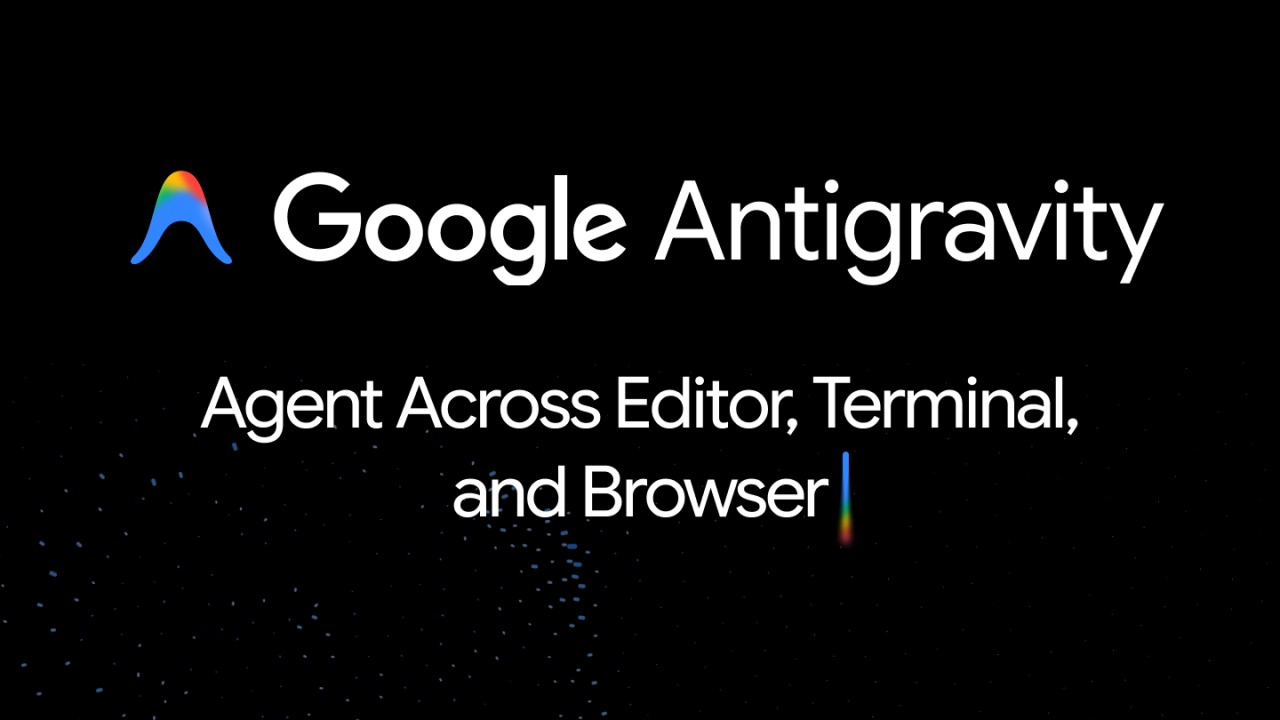AI vs UI? The real strength lies in their alliance
When people ask whether Artificial Intelligence will “kill” the user interface, we smile. Looking at the projects we work on every day, we see the opposite: AI is forcing UI to level up. Not because it will disappear, but because it must become the enabler of a new kind of power - something the user can understand, guide, and most importantly, trust.
As Dan Saffer often reminds us in his essays, a well-designed UI doesn’t vanish — it becomes more strategic than ever in taming the complexity of AI.
Beyond the text box: why chat alone isn’t enough
In everyday work, we see the limits of the “AI = chatbot” mindset. Conversation is great for discovery, asking questions, or setting goals — but not always the best way to see options, compare alternatives, or refine details.
Even the numbers confirm it: we read faster than we speak or listen. And when we’re choosing a restaurant, it’s far more effective to scroll through a visual list with ratings or a dotted map than to listen to a spoken list. GUIs aren’t nostalgic relics — in many tasks, they remain unbeatable for speed, precision, and cognitive efficiency.
This is also a matter of real accessibility. Not everyone can (or wants to) speak aloud; not everyone has the time or skill for prompt engineering. A clear, direct UI remains the most inclusive channel — the most universal way to reduce friction and expand who can actually use AI effectively.
From magic formulas to tools: the rise of direct manipulation
In our projects, we’ve learned to shift the promise from prompt magic to tangible tools.
A classic example: image editing. Instead of typing a baroque prompt (“make the sky more dramatic, increase contrast by 30%, remove the person on the left”), it’s infinitely more natural to click the sky, drag a slider, brush over the area to remove, see the result instantly, and tweak it with a second gesture.
That’s the logic of direct manipulation: more precise, more satisfying, less mentally tiring. Unsurprisingly, in the tools people already use - Photoshop, Figma, Canva — AI works best when it’s integrated into familiar patterns: a “Enhance with AI” button, a contextual menu action, a handle appearing on the right component. Chat remains - but as just one command among many.
This integration isn’t cosmetic; it’s a responsibility pact. AI does the heavy lifting (research, generation, transformation), while UI provides control, visibility, and glanceable feedback. That’s where trust takes root.
Patterns we use to bring AI where users already work
Over the past months, we’ve consolidated several patterns that consistently prove effective across projects:
Proactive contextual suggestions: next steps based on document state (“extract table,” “rewrite in concise tone”), right where the user is looking.
Precise selectors: tools to regenerate only a sentence, paragraph, layer, or image area - without losing the rest.
Visual parameters: sliders, chips, and toggles for tone, length, creativity, or risk.
Multiple comparable previews: side-by-side comparisons with highlighted differences, keyboard shortcuts for fast choice.
Instant feedback: informative loaders (“summarizing in 3 points from paragraph X”), with one-click undo and restore.
Together, these shorten the distance between intent and result - and, as Saffer notes, they keep the user in command without forcing them to be a “word wizard.”
The UI that truly adapts: toward dynamic interfaces
AI unlocks a frontier once seen as sci-fi: interfaces that change in real time based on profile, goal, and context. In our latest experiments, the same app shows different shortcuts if you’re writing a business proposal vs. creating social content; the layout reorganizes when it detects “review mode” vs. “draft mode.”
This isn’t shallow personalization - it’s operational adaptivity. And it’s one of the most promising areas for the near future.
Human-in-the-loop: the decisions that remain human
Even when we delegate 90% of a process to an agent (flight search, itinerary building, report preparation), the critical trade-offs - price vs. stops, tone toward a client, final budget approval — remain in our hands.
We don’t want an endless spoken list of options; we want a clear comparative view — pros/cons and “why” already surfaced — and then a single “Proceed” button. That’s well-designed human-in-the-loop — the antidote to both blind delegation and micromanagement.
In high-stakes domains (finance, healthcare), this is non-negotiable: dashboards, transparent logs, notifications, and manual overrides aren’t extras - they’re trust infrastructure.
A new kind of “UI user”: agents
Another turning point we’re already witnessing: the UI now has a non-human user. Agents are learning to use existing interfaces, simulating clicks and inputs as humans do, to orchestrate multi-app workflows.
This doesn’t eliminate UI — it raises the bar. Consistency, predictability, and control semantics become requirements not just for humans, but for machine readability too. If the interface is chaotic, ambiguous, or full of exceptions, even the best agent fails. Designing for AI means designing for software interpreters as well as for humans.
Seven design challenges we’re tackling (and how we’re solving them)
Overcoming the blank page
A chat box saying “Ask me something” paralyzes many users. We introduce goal-based starter prompts (“turn this draft into an outline,” “generate 3 brand-aligned variations”), showcases of successful examples, and guided wizards that translate objectives into robust prompts — without removing control.Granular selection and regeneration
People want to change just one part. Contextual selectors, inline commands (“rewrite in active voice”), and diff/versioning tools to recombine alternatives all work well.Multitasking without chaos
An agent can launch parallel subtasks, but humans need a readable queue: process timelines, clear states (“waiting for data,” “requires confirmation”), editable priorities, and a unified recap space.User-governed memory
Memory shouldn’t mean “everything forever.” We design panels to decide what to remember (preferences, sources, tone) and what to forget, with transparent effects (“this will improve X, cost Y”). It’s a balance between usefulness, performance, and privacy.Navigating long conversations
Replace infinite scroll with chapters, anchors, thread search, “reuse this prompt,” and personal collections. It’s about productivity, not nostalgia for folders.Errors, hallucinations, and verification
Design interfaces that highlight uncertainty: confidence badges, “verify sources” buttons, citations anchored to text, self-check flows (“explain how you got here”). Not just a link list at the bottom - real point-by-point traceability.Settings that actually matter
From privacy to assistant tone, users want meaningful levers, not just legal checkboxes. We expose sensible presets (formal, neutral, conversational) and parameters for “creative boldness,” explaining their impact.
Quality criteria: when a UI for AI truly works
Clarity: the interface anticipates what will happen (and what might go wrong).
Predictability: commands and states are consistent - even for software agents.
Recoverability: undo/redo, versions, and snapshots build psychological safety.
Transparency: users can see why AI made a choice (data, sources, confidence).
Agency: the user stays in the decision loop where it matters most.
A guiding parallel
Saffer draws a comparison we share: the arrival of smartphones didn’t kill UI - it created a new generation of components (gestures, responsive layouts, mobile-first patterns).
The same is happening now. With AI, we’re not abandoning the interface - we’re forging UI for AI: interfaces that expose power in ways that are tangible, visible, and safe.
Conclusion: designing symbiosis, not conflict
Looking ahead, we don’t see an “AI vs UI” war - we see symbiosis. Conversation and voice are powerful new tools in the box, not universal replacements.
We’ll still need to see, touch, manipulate, and rethink. And UI - well-designed UI - will remain the bridge between human intention and computational capability.
That’s where we, as designers and product professionals, choose to stand: at the contact point where AI becomes usable, trustworthy, and right for people.
It’s work, not magic - and it’s the most exciting moment for design in the past decade.



